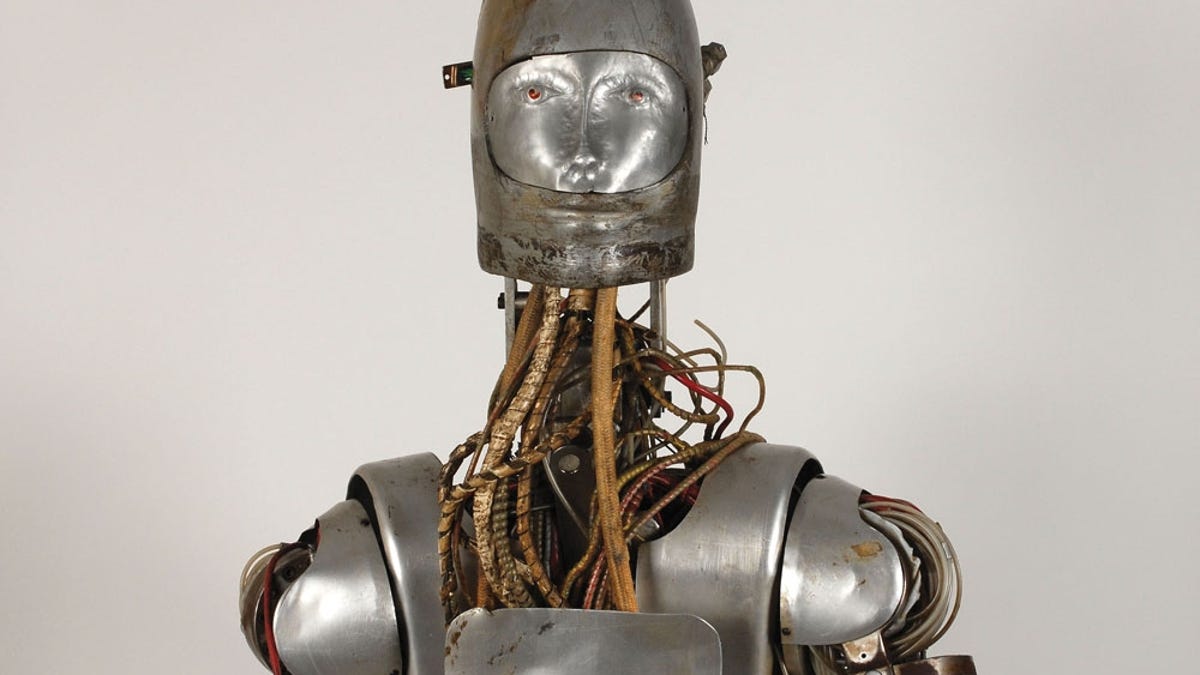You could own this dilapidated 1960s NASA robot
Designed for testing space compression suits, but never deployed, this hydraulically powered option is looking for a new home.
The Power-Driven Articulated Dummy is a strange aside in NASA's space race story, and now you can own it. The space suit testing robot is going up for grabs as part of RR Auctions' Remarkable Rarities Auction.
The human body is not designed for space.
As we get into higher and higher altitudes, as air pressure lowers and eventually becomes the vacuum of space, the survival rate of an unprotected human body lowers. This is why astronauts wear those chunky suits as they move around in space. Those suits, among other things, provide a stable internal pressure that keeps the wearer's body from swelling up from the effects of decompression.
This is where the Power-Driven Articulated Dummy came into the space race. Designed for NASA by the IIT Research Institute, the hydraulically powered robot was designed for testing space suits, hopefully allowing for human test subjects to be removed from the process. This is because a robot allows for the collection of qualitative data, such as exactly how much pressure is being applied by the suit.
Moreover, human subjects would be subjected to pain and danger that use of a robot could eradicate.
The 104-kilogram (230-pound) PDAD was designed between 1963 and 1965 to be representative of the average American male. Its height was adjustable between 5'5" and 6'2", and it was equipped with a circulatory system of nylon tubes. Oil flowing through these tubes powered the 35 actuators, which allowed for the replication of the motion of the body with realistic force. Sensors on the robot's aluminium body could measure the forces applied by the prototype suits.
Only two of the robots were ever made before the program was shut down. The nylon circulatory system could not handle the hydraulic pressures required to move the robot without leaking. So NASA defunded the project and moved on.
One of the robots is owned by the Smithsonian. The other is missing an arm and some of its wiring is damaged, but it's still expected to fetch over $80,000. Online ore-bidding on the auction will commence on September 15, and the live auction itself will take place on September 26.


